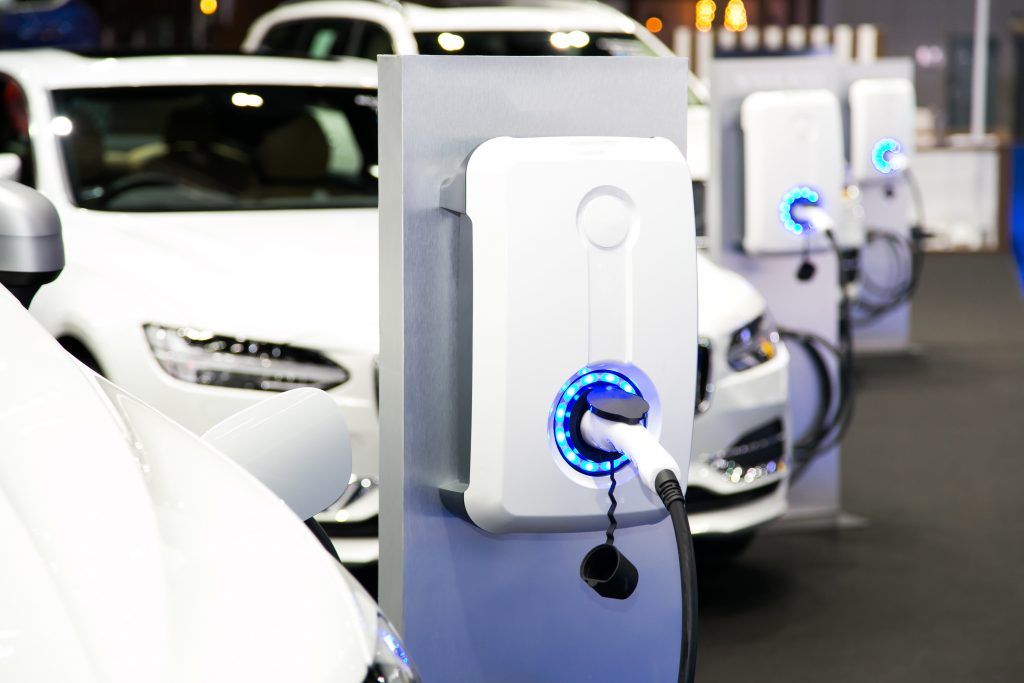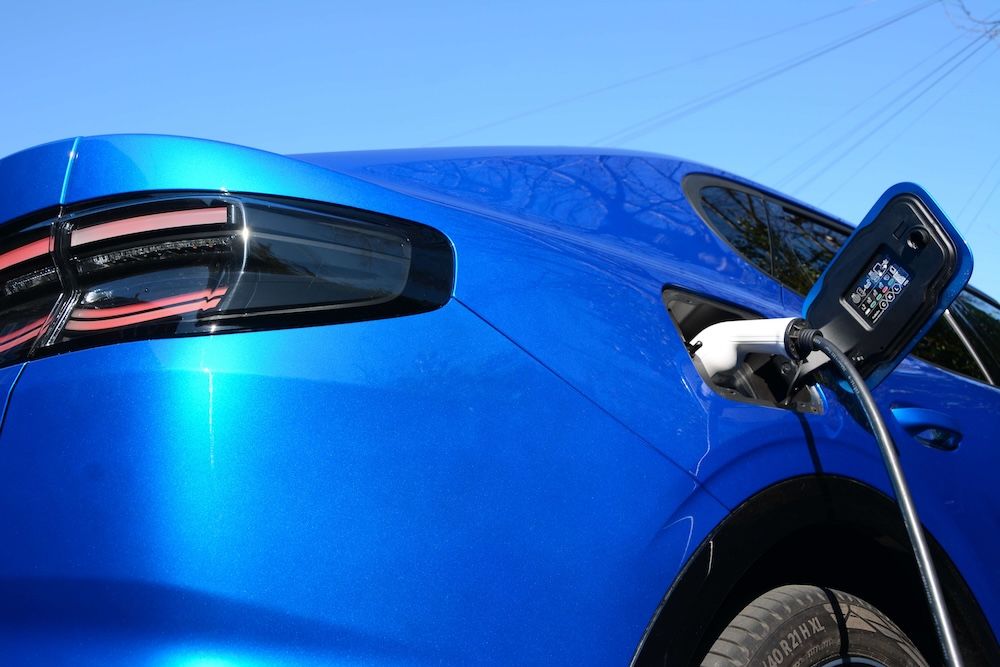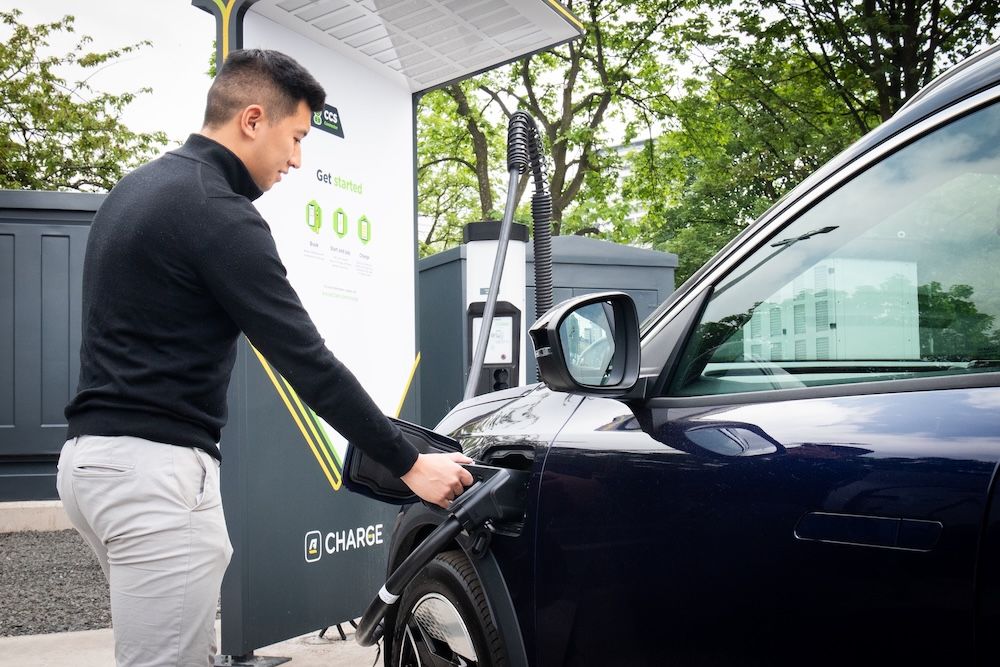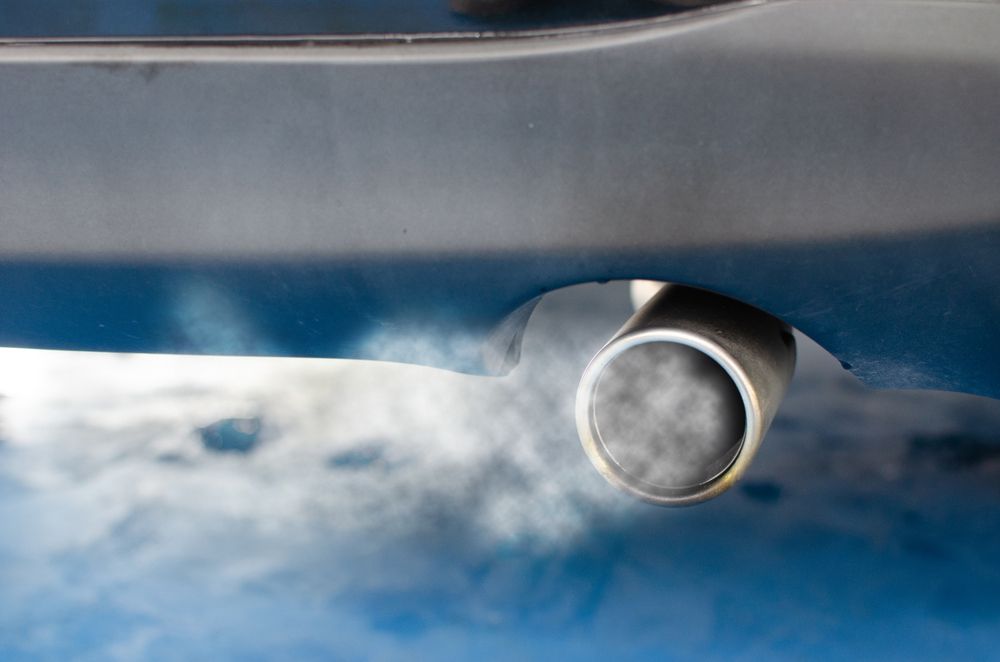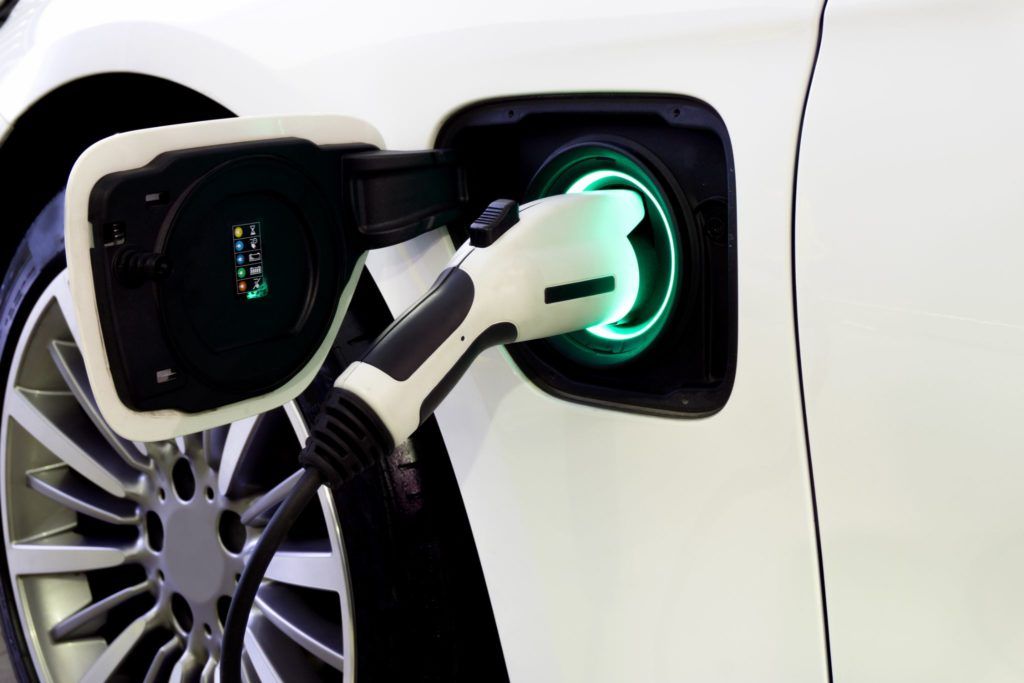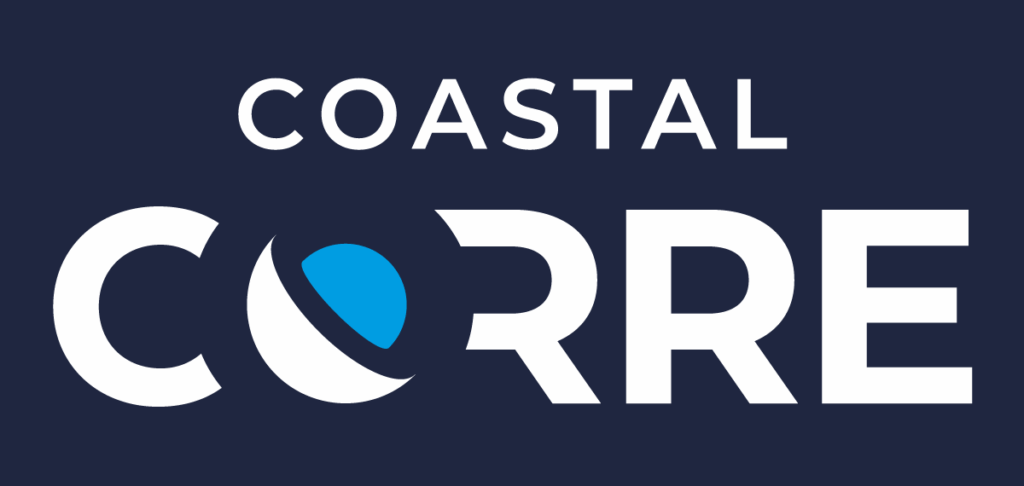A new report has said that vehicle-to-everything (V2X) technology could be the solution to supporting the grid during the electric vehicle (EV) transition.
As EV growth accelerates, it is creating challenges for the grid, according to technology firm GridBeyond’s latest white paper, The Electrification Era- Scaling up Electric Vehicles.
The white paper looks at the impact of EVs on the world’s largest markets, as well as the challenges and opportunities across each country. Specificially, it considers how EVs could “revolutionise the way energy is managed and used through vehicle-to-everything (V2X) technology”, it states.
V2X is the overall term for different forms of bi-directional charging and discharging of the EV battery, including vehicle-to-grid (V2G), vehicle-to-building (V2B), and vehicle-to-load (V2L). When power supply is low and demand high, connected EVs can release power back into the electricity network or the site on which they are parked.
The paper also looks at EV fleets and the opportunities for businesses to not only secure additional revenues but to further boost their green credentials by helping the grid to increase levels of renewables generation in the energy mix.
Michael Phelan, Co-Founder and Chief Executive of GridBeyond said about the paper: “The amount of new added demand for electricity will by itself become a challenge for grids all around the world, and in particular for grids that are constrained. With charge timing, the challenge is when consumers will charge their vehicles. In most grids, the peak hours are the ones right when people are arriving home from work, so if business fleets finish operations at 5pm and immediately plug their EV fleet in to charge, that is going to be difficult for the grid operator. However, with challenge comes opportunity. Given EVs are essentially a battery on wheels, they can be utilised as an energy storage system.
“Price dynamics are already creating an opportunity for EV owners. We are helping some of our customers by finding the optimal tariffs to reduce their charging costs. By automating their systems to charge only when the electricity price has fallen to a given level, we are helping to reduce our customers’ costs.
“By going beyond optimisation and enabling bi-directional vehicle to grid (V2G) charging, these customers could send electricity back to the grid at times of peak demand. This creates a new revenue stream, by providing flexibility services when the price is right.”
Image from Shutterstock



